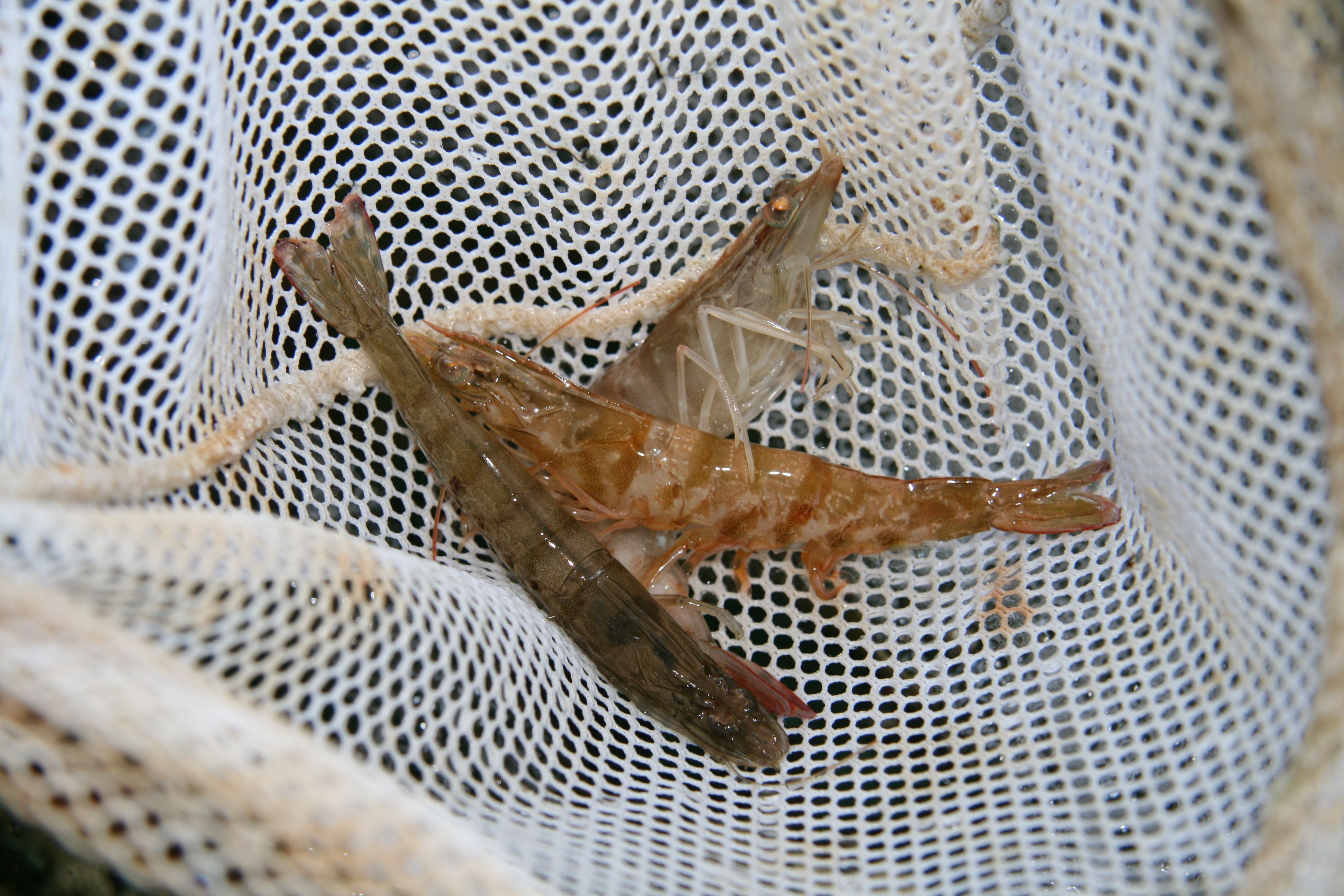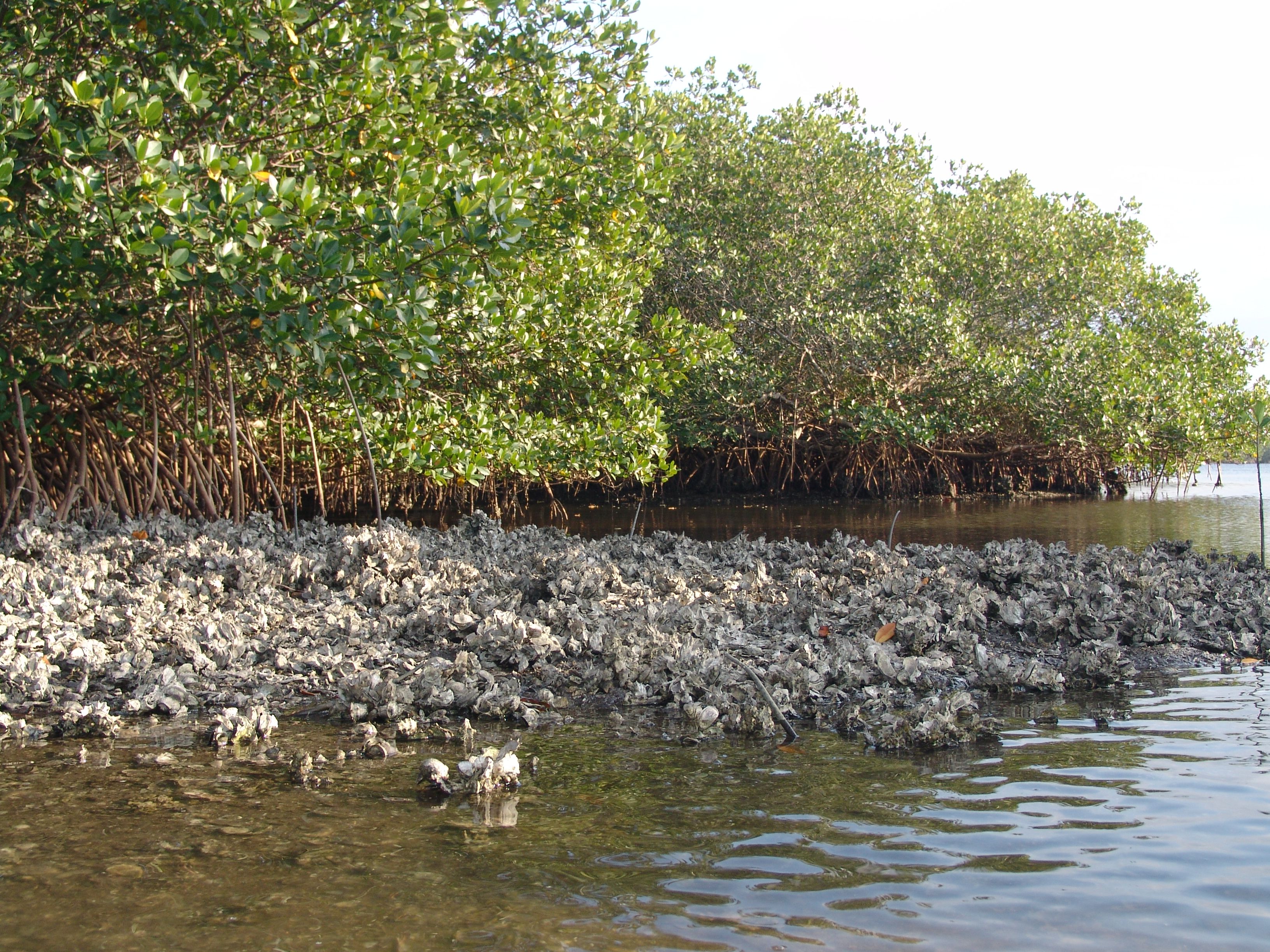SLOW DOWN AND DRAG A SHRIMP

There’s a reason why one of the most common fishing accessories sold in coastal communities is a flow-through bait bucket. Sure, you can hold baitfish in these containers, but shrimp remain the most popular option. Why? Because just about every predator in the ocean will eat a shrimp.
Common techniques include free-lining these live crustaceans in current or over deeper potholes and corking the bait over grass flats. Both work fine, but as fall yields to winter’s chill, a slower, more methodic dragging technique excels.
A Mustad Shrimp Jig Head simplifies the operation by combining weight and hook in one compact form. Hook through the underside of the tail, so the jighead positions in the center of the tail fins. (Measure first to establish the ideal hooking point.)
While the real deal is hard to beat, you’ll appreciate the more streamlined efficiency of an artificial presentation like the new LIVETARGET LIVE SHRIMP Winning the ICAST 2022 Best Saltwater Hard Lure award in Orlando, Fla., this innovative bait also earned runner-up distinction at the European Fishing Tackle Trade Exhibition (EFTTEX) in Budapest, Hungary.

Made for durability, the LIVETARGET LIVE SHRIMP’s ABS plastic body performs well around the rocks, shell beds, and mangrove roots where inshore predators roam. For an ultra-realistic look, the buoyant, lively TPE legs emit a nervous fluttering action, while a low-frequency knocker calls fish from afar.
Central to the bait’s action is the unique swing weight system that ensures a horizontal posture as the LIVE SHRIMP falls through the water and crawls across the bottom. This design keeps the bait off-balance for a lifelike movement.
Available in 3- and 3 3/4-inch sizes, the LIVE SHRIMP comes in eight biomimetic colors and features a stout Mustad hook for secure connections. Interchangeable swing weights allow anglers to fine-tune the LIVE SHRIMP’s fall rate to match depth and conditions.

So, where to drag your shrimp? Real or artificial, you’ll finds consistent opportunities in these scenarios:
Jetties — These manmade rock formations fortifying inlets and causeways are feeding centers for a variety of species seeking crustacean meals.
Oyster Bars — Same as jetties and other rock piles, shell mounds are centers of life where redfish, sheepshead, black drum and seatrout come to eat. Target the deeper drop-off end during low tide and move up with the rising tide. Also, consider that oyster bars are inherently snaggy, so keep your rod tip high and use a hop-drag retrieve to prevent entanglements.
Potholes — These sandy depressions in grass flats offer predators strategic ambush spots, so a shrimp creeping along the bottom won’t go unnoticed.
While you’re at it, don’t overlook the surf. A lone shrimp looks like an easy target for redfish, black drum, sheepshead, croakers, etc. Look for the feeding zones — holes in the wave patterns, run-outs and bars — and make 45-degree casts through these areas.
On high-impact beaches, which drop sharply into deeper water, you’ll often find predators patrolling the first or second trough. Put on a set of insulated waders (colder months) and cast nearly parallel to the beach to keep your bait in the strike zone.